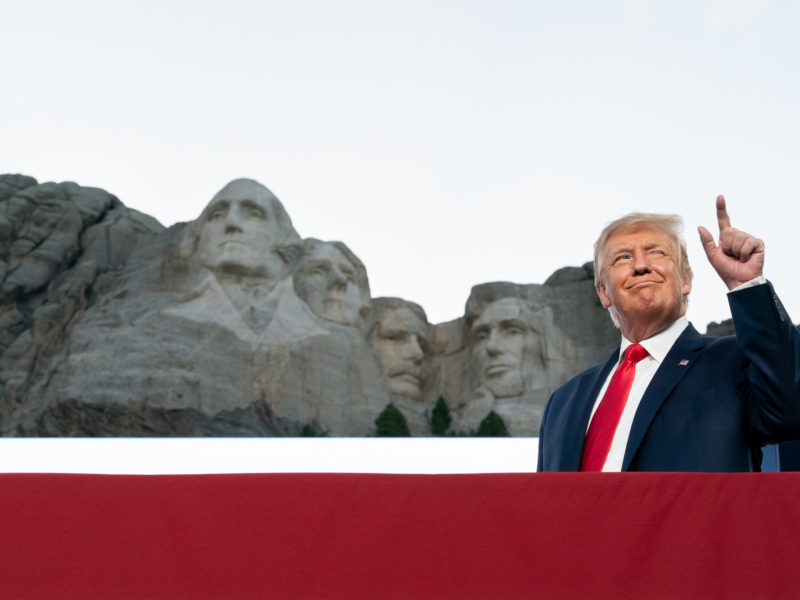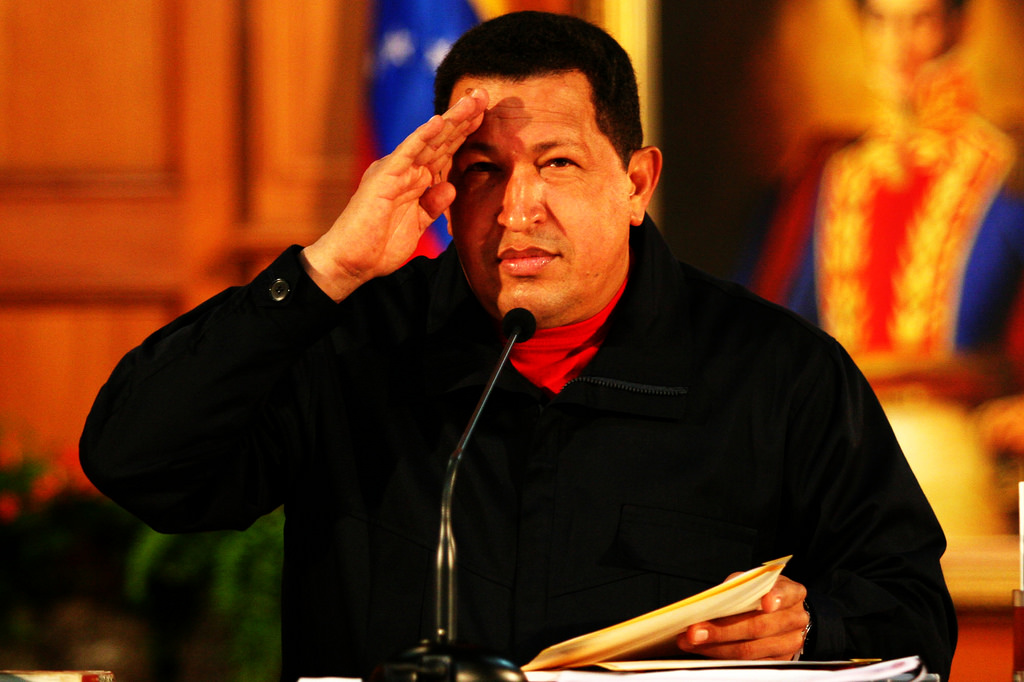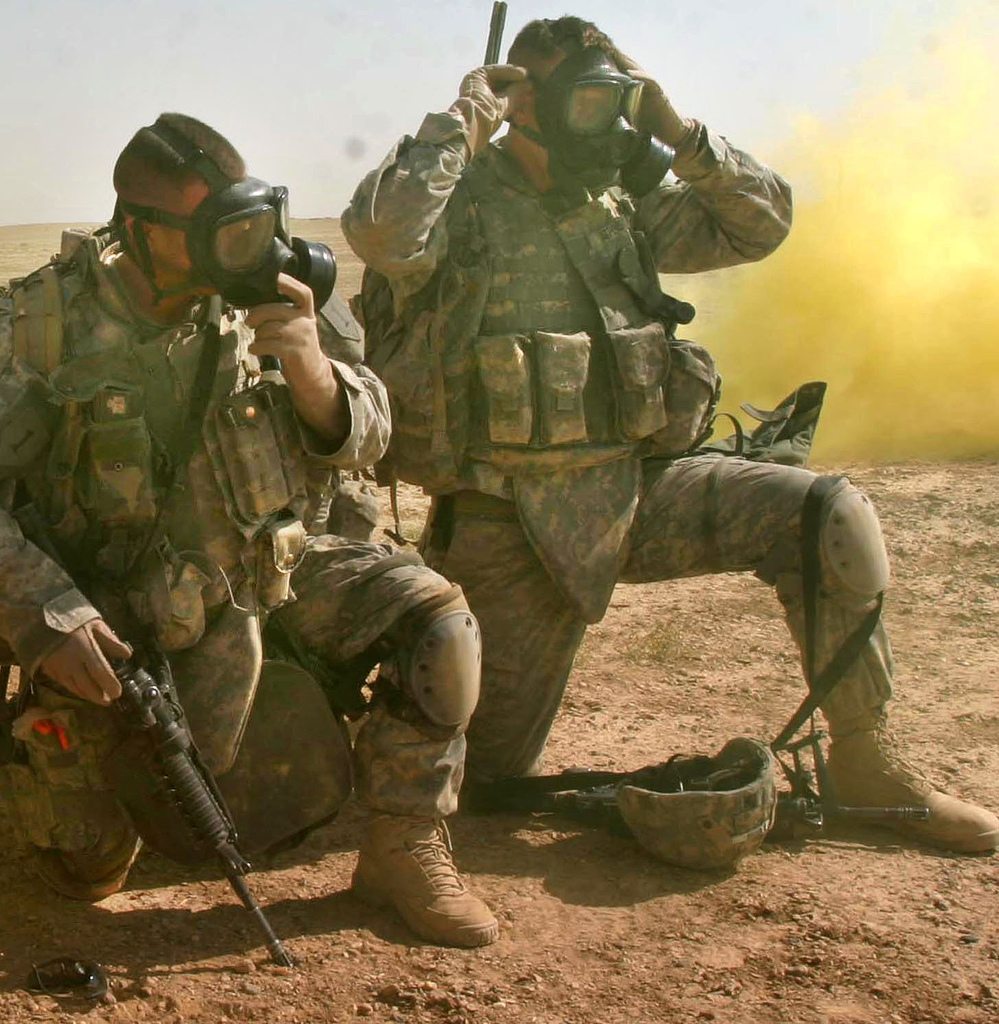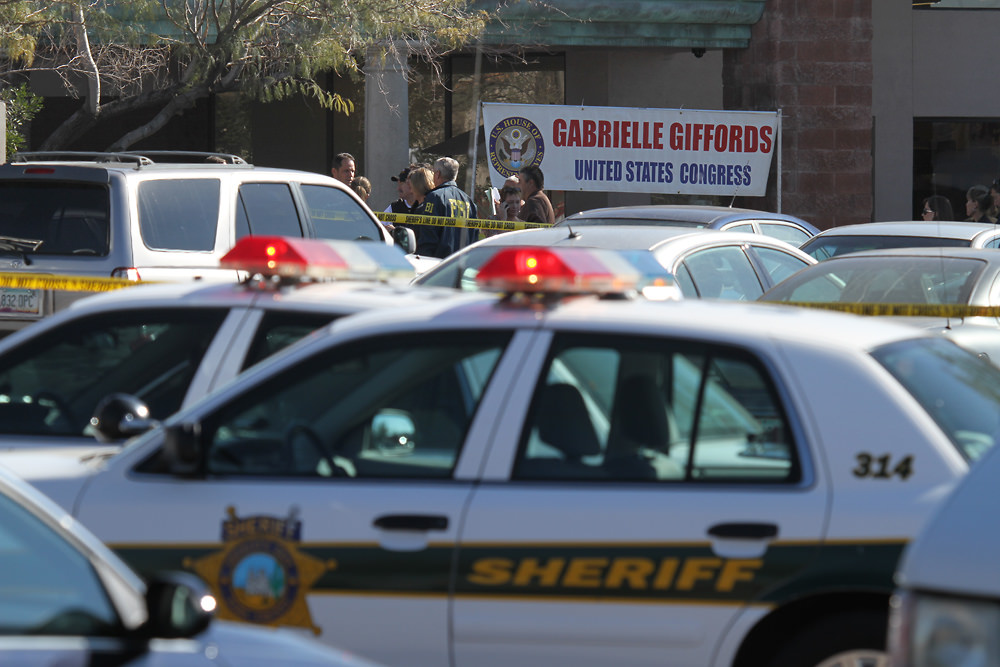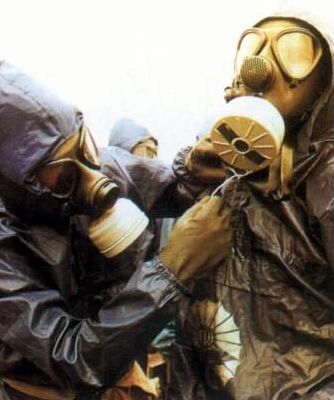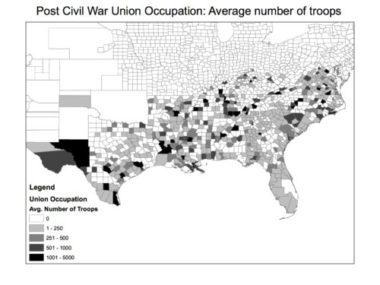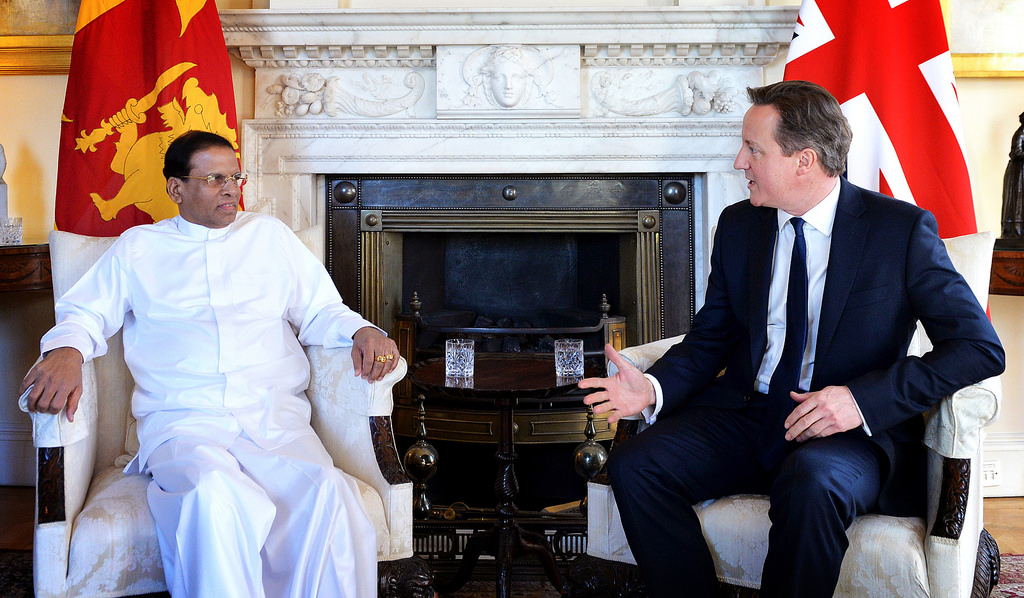Guest post by Graig R. Klein, Carla Martínez Machain, and Efe Tokdemir
Doubling down on a law and order platform may have worked for Richard Nixon in 1968, following the eruption and spread of violent civil rights protests. Nixon preached that crime “plagues the land” and declared himself “the law and order candidate.” Part of his strategy was playing to the racial overtones of the electorate while avoiding the overt racism of third-party candidate George Wallace.
Trump’s advisors may be trying to replicate Nixon’s campaign results. They could also be using a different strategy. There is evidence of elected government leaders reverting to repression of minority groups when faced with an overwhelming domestic crisis. We’ve seen this in Turkey, Kenya, and Serbia, among others.
In the US, the first half of 2020 has been filled with political turmoil, with President Donald Trump at the center of much of it. Coming off the heels of an impeachment trial acquittal, Trump faced the prospect of the COVID-19 crisis upending Americans’ sense of safety, economic stability, and individual rights. After a slow initial response to the outbreak, the political leadership was left floundering for responses that could slow the virus’ spread and reduce the economic fallout.
The timing of the pandemic is particularly threatening to the Trump administration because of the upcoming November 2020 presidential election. As illnesses and deaths mount and the administration struggles to cohesively act in the face of the crisis, Trump’s approval rating keeps dropping. In contrast, his presumptive challenger, Joe Biden, has maintained a limited campaign schedule, follows social-distancing protocol, and watches his polling numbers rise.
When faced with crises that cannot be easily addressed, in this case COVID-19, leaders can gamble for resurrection by attempting to demonstrate strong leadership in another part of their policy portfolio. If the policy is successful, the leader retains power; if it fails, the leader could end up in an even worse position than before. An opportunity to gamble presented itself when long-standing grievances reached a tipping point following the death of George Floyd at the hands of police officers in Minnesota. Facing the increasingly insurmountable challenge of “beating” COVID-19, and a worsening economic forecast with high unemployment, the Black Lives Matter (BLM) and anti-police brutality protests gave Trump an opportunity to repress a racial minority, position himself as a law and order president, and rally support from his base.
The Logic of the Gamble
Gambling with repression is a strategic calculation to conceal hard realities using mind games and sleight-of-hand. Both media air-time and the public’s attention span are limited. The president’s actions against protesters, who he describes as “angry mobs” who “trample on our freedoms,” draw attention away from the reality of increasing COVID-19 deaths and economic pain.
Given existing ethnic or racial tension, repression can be framed as “unity against and protection from the threat of others,” which helps leaders translate repression into “strong leadership.” This strategy played out in Turkey in 2015, when support for President Erdogan’s AKP party declined, losing them the majority in parliament. The government then ended the “Kurdish Opening/Reconciliation Process,” which aimed to bring a peaceful solution to the 35-year conflict. In return, both the actual and declaratory policies against Kurds were toughened to attract nationalistic votes.
In a highly polarized society like the US, repression of an out-group may be applauded by the in-group. If this applause is loud enough, it can lead to campaign victory. That is the gamble. Repression of a perceived threat will minimize electoral punishment for failed policy and incompetent leadership.
These principles of gambling with repression appear to have entered the White House’s decision-making. The target was a vulnerable minority whose perceived or manufactured threat was amplified by the White House through routine references to riots, looting, and the destruction of monuments, as well as by tweets and statements claiming ANTIFA was infiltrating the movement. Outlets such as Fox News and Breitbart supported these claims, suggesting that Trump’s strategy is reaching his base.
The Gamble Fails
We won’t know the outcome of Trump’s gamble until November’s election. So far, it has brought relatively quick rebuke from highly respected retired generals, active-duty officers, and administration advisors. The general public was also sympathetic to the BLM movement and disapproved of Trump’s response to the protests.
The gamble may also backfire because, compared to many other minority groups in the US, the Black community is one of the most experienced in mobilizing against state repression. BLM, which has been active since 2013, when George Zimmerman was acquitted of murdering Trayvon Martin, was able to quickly mobilize protesters. The president’s gamble on repression seems to have encouraged further mobilization both among the targeted minority population and broader American society. Images of people of different ethnicities and races facing repression by security forces make it much harder to exploit a race-based outgroup narrative when repressing protesters. Without effective target selection, this type of diversion is unlikely to work.
In addition, in the United States, the threat of violence by security forces against Black people is already disproportionately high, regardless of whether they mobilize or not. When populations feel they will be repressed by the state whether they mobilize against it or not, they are less likely to be deterred by the threat of violence, even if they are aware of the threat posed by the president’s diversionary incentives.
Trump’s gamble may have inadvertently highlighted additional leadership incompetence because the threatened repression appeared excessive, constitutionally questionable, and pandered to his base of support.
Given the apparent failure to boost support through fearmongering and repression, should we expect Trump to give up this strategy? Probably not. With four months to go until the election, Trump shows no sign of dramatically changing his COVID-19 management strategy—and has even chosen to leave the World Health Organization. Trump and his allies instead appear to continue to gamble by threatening strong federal prosecution for defacing statues and monuments, criticizing celebrities who speak out in favor of BLM, and renewing attacks against Black athletes. Research shows that leaders who find themselves in particularly dire political situations are more likely to take the riskier path to rally support, even if it has a low probability of succeeding. Trump appears to be following this path, which could signal a continuation of repressive policies.
Graig R. Klein is an Assistant Professor of the Professional Security Studies Department at New Jersey City University. Carla Martínez Machain is an Associate Professor of the Department of Political Science at Kansas State University. Efe Tokdemir is an Assistant Professor of the Department of International Relations at Bilkent University.

